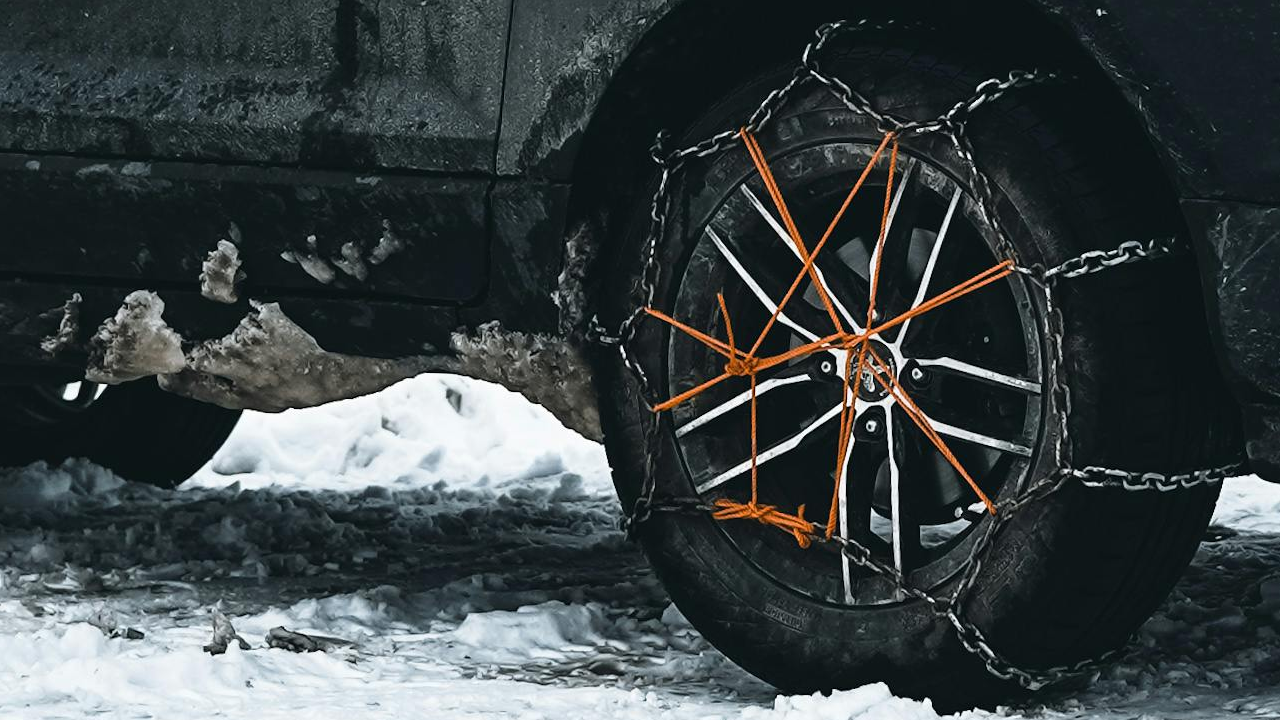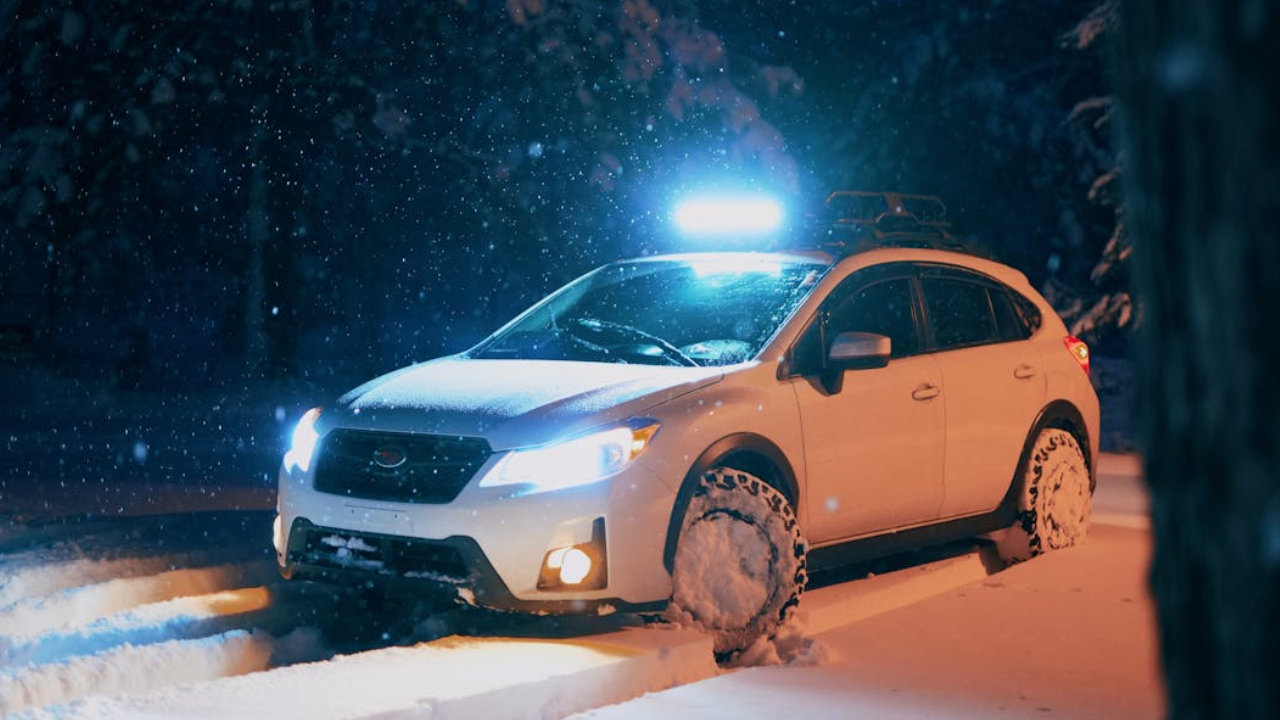Winter driving conditions can be tricky, and preparing your vehicle for the cold months is essential for staying safe on the road. One of the most important steps in this preparation is switching to winter tires. But when exactly should you put winter tires on your car?
Factors to consider when determining the best time to install winter tires, the benefits they offer, and why they are crucial for winter driving safety. By the end, you’ll have a comprehensive understanding of the importance of winter tires and the optimal time for the switch.
Table of Contents
Understanding the Purpose of Winter Tires
Winter tires are designed specifically for cold weather conditions and provide better traction, handling, and braking on snow, ice, and slushy surfaces. Unlike all-season or summer tires, winter tires are made with a rubber compound that stays flexible at low temperatures, allowing them to maintain better grip on the road. Additionally, their unique tread patterns are designed to channel snow and slush away from the tire surface, improving traction.
To fully appreciate when winter tires should be installed, it’s crucial to understand how they differ from other types of tires. All-season tires are designed to perform adequately in a variety of conditions, but they don’t excel in extreme temperatures, especially in freezing or snowy conditions. Summer tires, on the other hand, are optimized for warm weather, providing excellent performance in dry and wet conditions but becoming hard and losing grip in cold temperatures.
Key Indicators for Installing Winter Tires

There are several key indicators that can help you determine when to put winter tires on your car:
1. Consistently Lower Temperatures (Below 7°C or 45°F)
The most widely accepted guideline for switching to winter tires is when the temperature consistently drops below 7°C (45°F). At this temperature, the rubber compound in summer and all-season tires begins to harden, reducing their ability to grip the road. On the other hand, winter tires remain flexible and provide superior traction, making them more effective in cold conditions, even if there is no snow or ice on the ground.
While you may not need to rush into installing winter tires as soon as the first cold day hits, consistently low temperatures for several days in a row should prompt you to consider making the switch. This is because even dry, cold pavement can become hazardous with the wrong tires, and winter tires are designed to perform better in these conditions.
2. The First Sign of Snow or Frost
In many regions, the first snowfall or frost is an indication that winter has arrived. Even if the snow doesn’t stick around, roads can become slick, and the risk of black ice increases. Winter tires are specifically designed to handle these types of conditions, offering better braking and control. If you wait until heavy snow is already on the ground, you risk driving with reduced traction and control, which could lead to accidents.
If you’re unsure about local weather patterns, it’s always better to err on the side of caution. Consider installing your winter tires before the first snowfall is expected to ensure that you’re prepared when the conditions worsen.
3. Local Regulations and Laws
In some countries and regions, there are legal requirements regarding the use of winter tires. For example, in certain parts of Canada, Scandinavia, and the Alpine regions of Europe, drivers are required by law to have winter tires installed during the colder months. Failing to comply with these regulations could result in fines, and in some cases, it could affect insurance coverage in the event of an accident.
If you live in an area with such laws, the timing for switching to winter tires is often clearly specified by local authorities. Even if your region doesn’t have mandatory requirements, it’s still a good idea to check local guidelines, as they often provide recommendations based on typical weather patterns.
4. Your Driving Habits and Environment
Where and how you drive can also influence when you should install winter tires. If you live in a mountainous region or frequently travel to areas where winter conditions are more severe, it’s wise to install winter tires earlier in the season. Mountain passes, rural roads, and areas that experience heavy snowfall or ice are particularly treacherous, and winter tires provide the best protection.
Conversely, if you primarily drive in a city with well-maintained roads and snowplows, you may not feel the need to install winter tires as early. However, it’s important to remember that urban areas are still prone to icy patches, slush, and black ice, so winter tires are still recommended once the temperature drops below 7°C.
The Science Behind Winter Tires: Why Timing Matters
To understand why it’s important to install winter tires at the right time, it’s helpful to delve into the science behind how winter tires work. As mentioned earlier, winter tires are made from a softer rubber compound that stays flexible in cold temperatures. This flexibility allows the tires to conform to the road surface, improving grip and reducing stopping distances.
When temperatures fall below 7°C, the rubber in summer and all-season tires becomes stiffer, reducing their ability to grip the road. Even if the roads are dry, this lack of flexibility can lead to longer braking distances and less responsive handling. In wet, icy, or snowy conditions, the problem is exacerbated, and the risk of skidding or losing control increases significantly.
Winter tires, on the other hand, are designed with deeper treads and special grooves that help channel water, snow, and slush away from the tire. These features reduce the risk of hydroplaning and help the tire maintain better contact with the road. Additionally, the tread patterns are optimized to “bite” into snow and ice, providing better traction.
By installing winter tires at the right time, you ensure that your vehicle is equipped to handle the challenges of winter driving. Waiting too long can put you at risk of accidents, while installing them too early may reduce their effectiveness if the weather is still warm.
Common Myths About Winter Tires

Despite the benefits of winter tires, there are several common myths that often lead drivers to delay or avoid making the switch. Let’s address some of the most prevalent misconceptions:
Myth 1: All-Season Tires Are Good Enough for Winter
Many drivers believe that all-season tires provide adequate performance in winter conditions, but this is a misconception. While all-season tires are designed to handle a range of weather conditions, they are not optimized for extreme cold, ice, or snow. In fact, they perform significantly worse than winter tires in freezing temperatures, with longer braking distances and less traction. For safe winter driving, winter tires are the superior choice.
Myth 2: Winter Tires Are Only Necessary in Snow
Some drivers assume that winter tires are only needed when there’s snow on the ground, but this isn’t true. Winter tires provide better performance in all cold-weather conditions, including dry and wet roads, ice, and slush. The key factor is temperature, not just snow. Once the temperature drops below 7°C, winter tires offer better traction and handling, even on dry pavement.
Myth 3: You Can Install Winter Tires Too Early
While it’s true that winter tires are not optimized for warm weather, there’s no harm in installing them before the first snowfall. If the temperature is consistently below 7°C, even in the absence of snow, winter tires will provide better performance than summer or all-season tires. The only downside to installing them early is that they may wear slightly faster if the temperature is still warm, but this is a minor concern compared to the safety benefits.
Myth 4: Winter Tires Are Expensive and Not Worth the Cost
Some drivers are hesitant to invest in winter tires due to the cost, but the safety benefits far outweigh the initial expense. Winter tires can prevent accidents, reduce wear and tear on your vehicle, and even lower your insurance premiums in some cases. Additionally, by switching between winter and summer tires, you extend the lifespan of both sets, as they are used only for part of the year.
When to Remove Winter Tires
Just as it’s important to know when to install winter tires, it’s also crucial to understand when to remove them. Once the temperature consistently rises above 7°C in the spring, winter tires should be swapped out for summer or all-season tires. This is because the softer rubber compound in winter tires can wear down more quickly in warm weather, reducing their lifespan. Additionally, winter tires may not provide the same level of performance in warmer conditions, particularly in terms of handling and braking.
Typically, you can expect to remove your winter tires sometime in late March or early April, depending on your location. However, it’s essential to keep an eye on the weather and avoid switching back to summer tires too early, as late-season snowstorms are not uncommon in some regions.
